

 Photography by John Jackson
Photography by John Jacksonhe Ford roadster pickup, whether it be a Model T, Model A, or a Deuce, has a noted hot rod history. As such, it’s no wonder why the ’32 Ford highboy roadster pickup belonging to David Kennedy of Tennessee strikes such a cord. Additionally, it is also one of the three original Brookville Roadster RPUs and an amazing example of what can be done in our modern times.
Roadster pickups have been part of the hot rod scene for decades and one can only imagine that with David’s Deuce this legacy will continue. If his name rings a bell, it should, as he is the David Kennedy of Kennedy’s Hot Rod Shop. Building cool rides comes as second nature to he and his staff, which is important as it was his son, Kirby, and the crew at the shop, as well as Mike Ragan on the interior, and Danny Kilborn for the brightwork, who made this project come together.
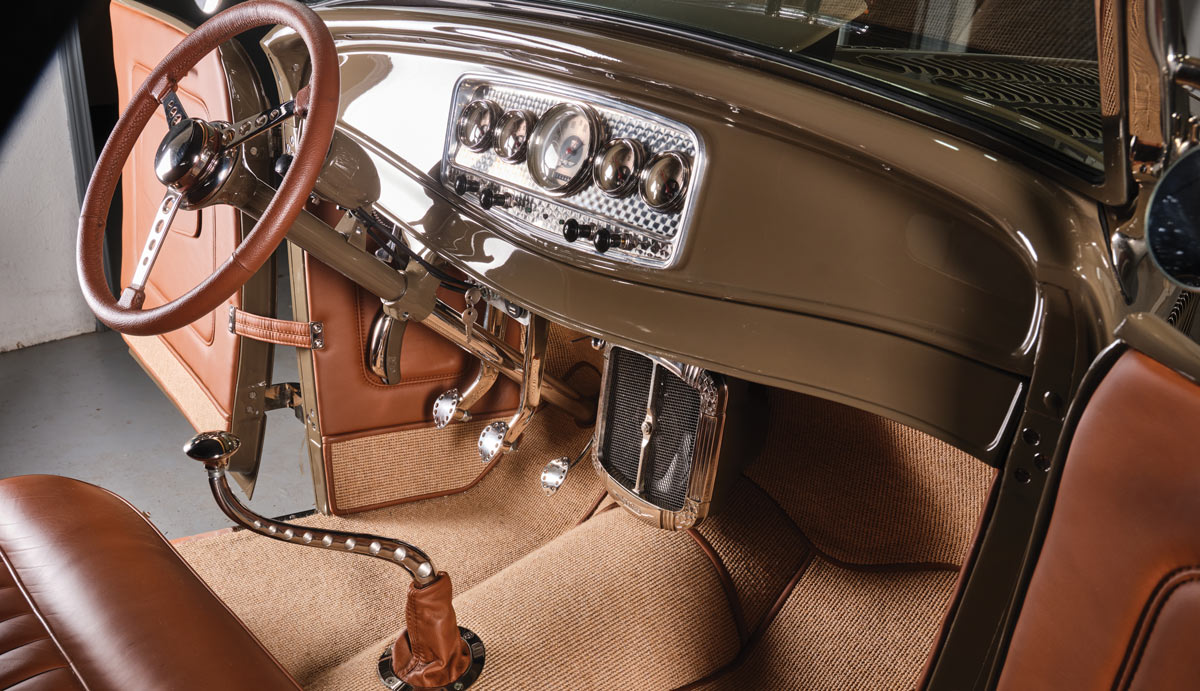
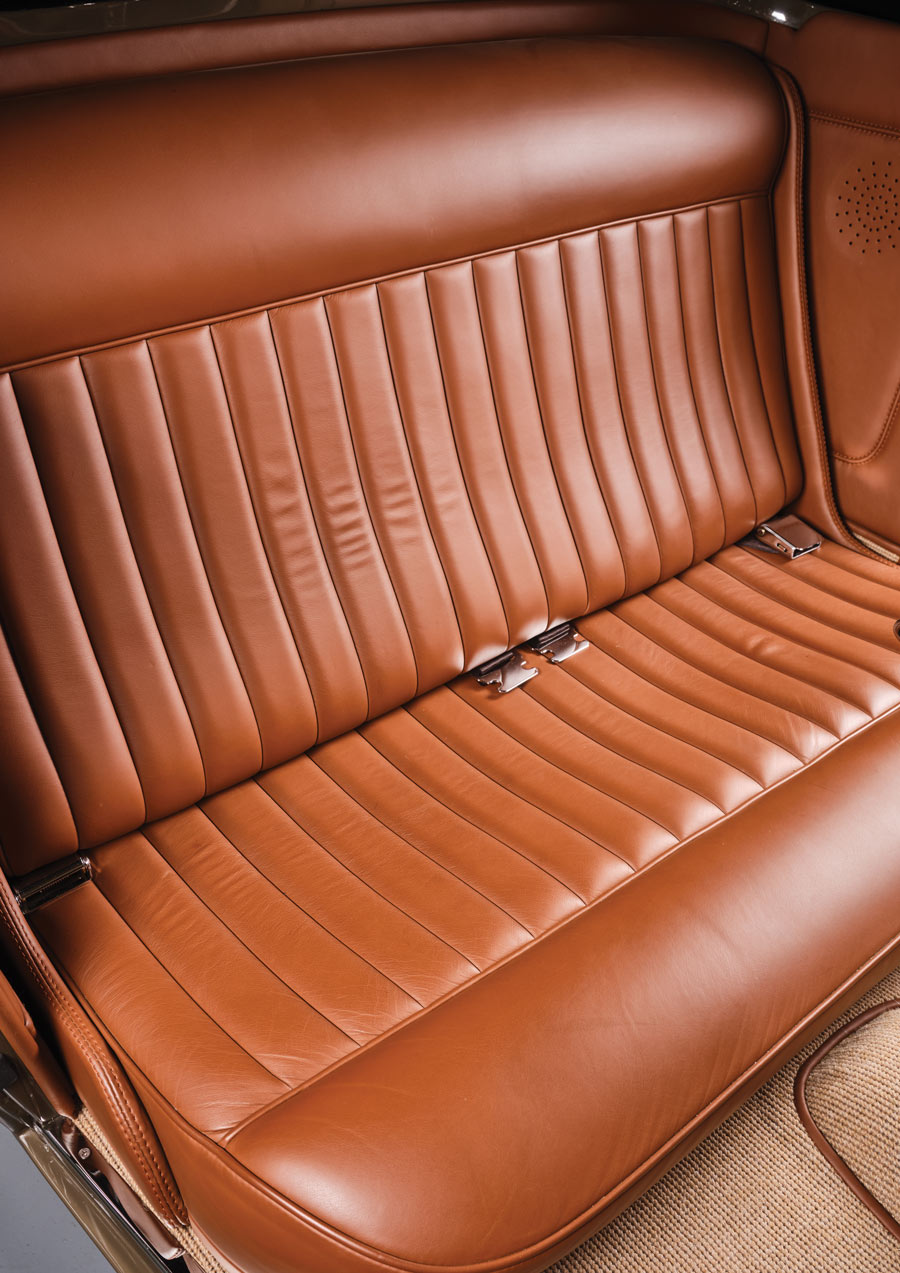
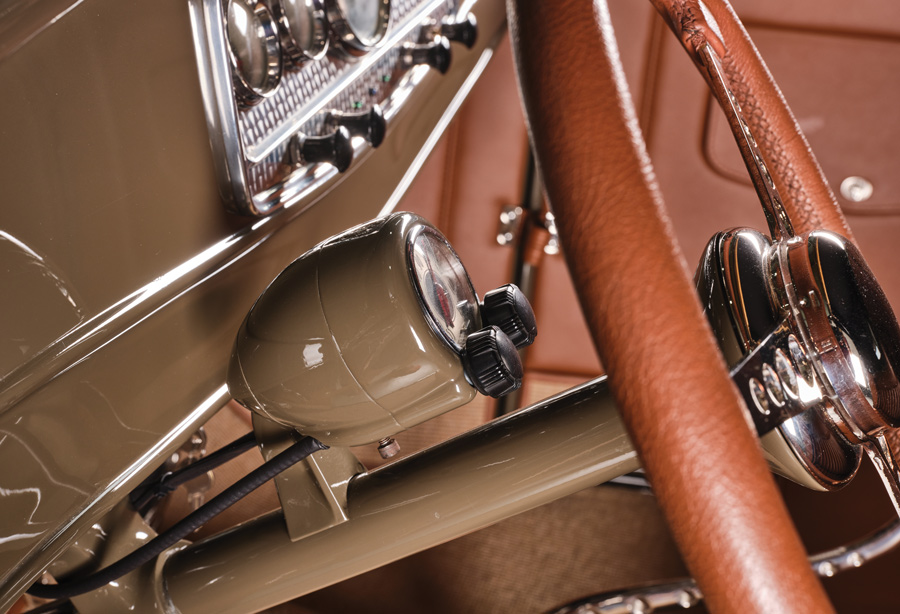
Let’s get back on the main road–almost. In the early years of the National Roadster Show (soon to include the word “Grand” in the title) there were a handful of roadster pickups that took home the America’s Most Beautiful Roadster award. For instance, there was the “Ala Kart” by Richard Peters who won in 1958 and 1959, Don Lokey in 1966, Andy Brizio in 1970 with the “Instant T,” Lonnie Gilbertson in 1971 (it was an engineering marvel of its time), and Jim Molino with the “Candy Man” in 1977. Now you can see that the roadster pickup, regardless of heritage, is every bit deserving of the title “hot rod.”

The nicely detailed small-block is equipped with World iron heads on the Chevy 350 filled with a Howards cam. From here it is topped with a Weiand intake, Edelbrock 600-cfm four-barrel (fed by mechanical pump) with a ’64 Corvette air cleaner and chromed and finned valve covers. At first what appears to be an old-style “black” cap distributor is really a PerTronix conversion with matching coil. The exhaust manifolds are coated stainless steel Speedway Ram Horns with 2-1/2-inch mandrel-bent exhaust pipe flowing through a pair of Flowmaster mufflers. Other engine accessories include an Alan Grove alternator bracket with a chrome stator and an electric fan with a custom aluminum fan shroud that bolts to the Walker Radiator copper and brass unit.
From here the power is run back through a TREMEC TKO five-speed (with a 10-1/2-inch clutch) and through its gears with a shifter fabricated by Johnson’s Hot Rod Shop. The rearend is a SO-CAL Speed Shop Ford 9-inch with 3.50 gears set up by Currie Enterprises.

The body, as mentioned earlier, is one of the very early Brookville Roadster RPU bodies. From here Stan Wanless windshield posts and frame are used along with a Rod Top canvas top. Looking through the windshield you can see the Rootlieb hood with louvered bonnet by Marasco. Also used is a ’32 Ford passenger car grille with commercial insert. The headlights are ’36 Ford while the taillights are early Model A (’28). There is a home-fabricated rear roll pan and Jaguar license plate light. All the body- and paintwork was handled at Kennedy’s Hot Rod Shop with DeBeer paint in a Mud Stone hue.

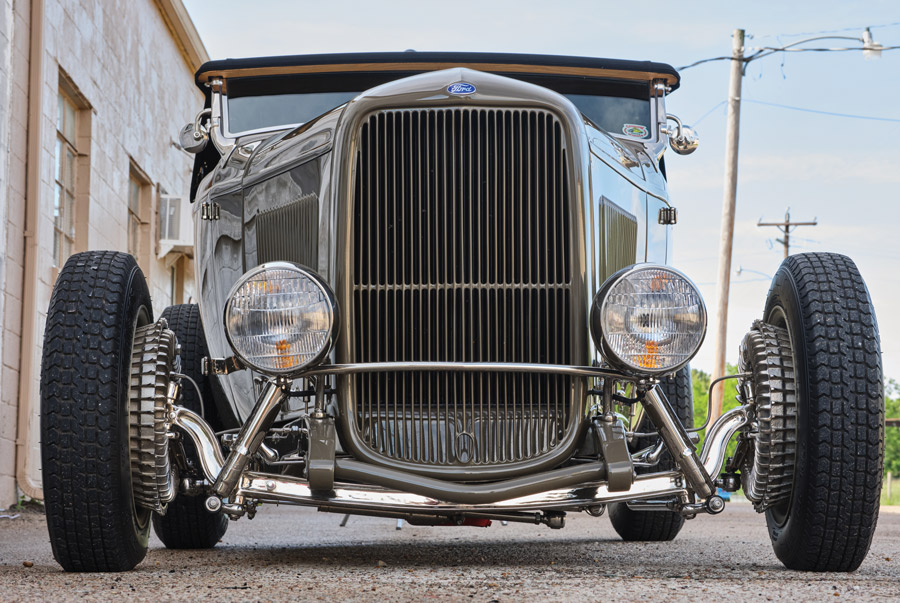
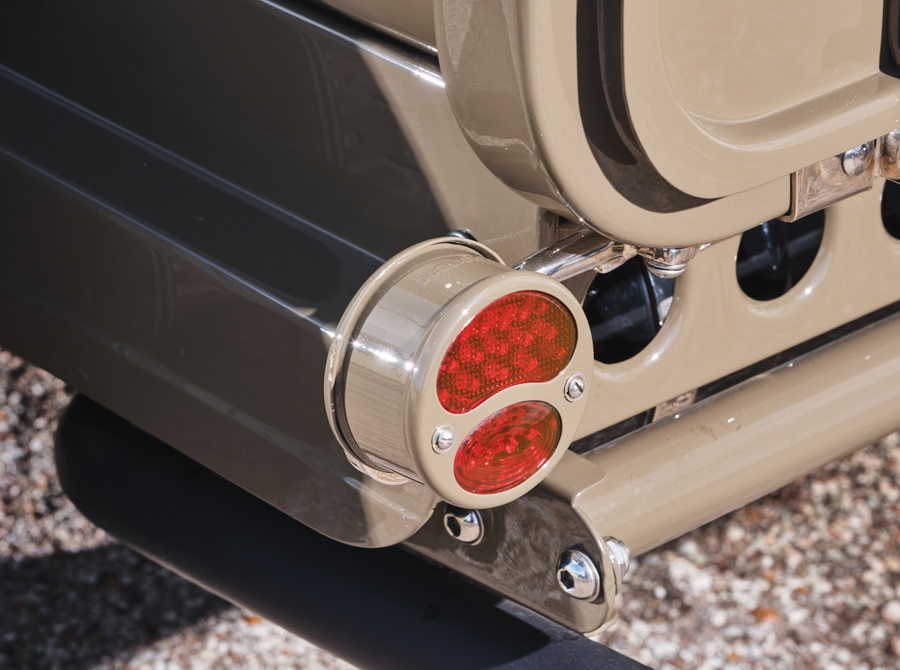
The ’32 Ford highboy roadster pickup has made the rod rounds having attended numerous events and bringing home the “iron.” It was awarded a Top 25 at Shades of the Past, Jessie Greening Builder’s Choice at Goodguys Lexington, a Bobby Alloway Builder’s Choice at Goodguys Nashville, and a Leonard Wren’s Artist Award at The Gathering at the Roc. Here’s another ride that will maintain the valued hot rod tradition for the roadster pickup for many more years to come.